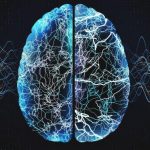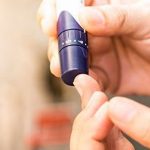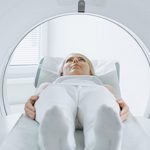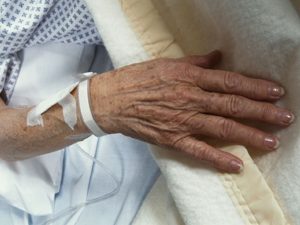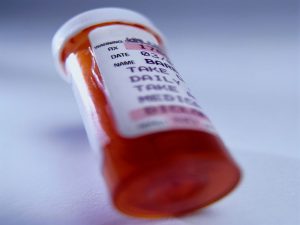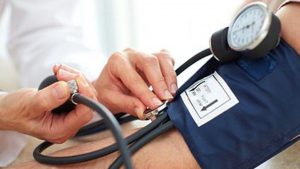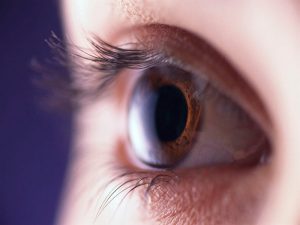
Your baby could be endangered by now-recalled Comfi Baby Infant Walkers, the Consumer Product Safety Commission (CPSC) warned Thursday. The walkers, sold on Amazon, “violate the federal safety regulations for infant walkers because they can fit through a standard doorway, are not designed to stop at the edge of a step and have leg openings that allow the child to slip down until the child’s head can become entrapped,” the agency said in a statement. The walkers sold for about $100 online at Amazon from October 2022 through March 2023, and the company that made them, All Merchandise, of Charlotte, N.C., has already ceased doing business, the CPSC said. “The infant walkers contain adjustable height settings, and they have a teal or pink frame, a gray seat and a gray tray with toy attachments, and a push handle,” the agency said. “’Comfi Baby’ is printed on a label on the push handle and on the front of the top frame and the letter ‘M’ is on the bottom front frame.” As well, “Babywalker” is stitched on the gray seat back. ASIN is B0BFJNQSW7. All Merchandise LLC/Comfi Baby…11313 Clayford Rdg…Charlotte, NC 28215…Batch#RWPBELLA 11-22 is printed on a label stitched on the back of the seat. SOURCE: Consumer Product Safety Commission, news release, March 21, 2024 read on >













